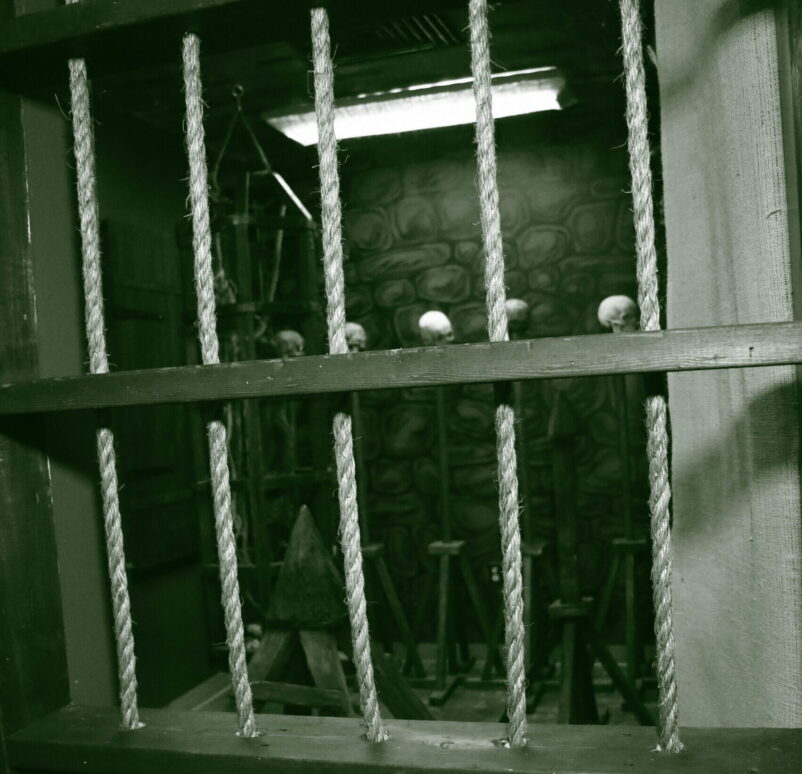The history of torture is deeply intertwined with the development of medieval legal systems. While brutal and inhumane by today’s standards, torture played a significant role in shaping medieval courts and influencing judicial reforms. This article delves into why torture was used in medieval times, its impact on lawmaking, and its legacy in modern governance.
Why Was Torture Used in Medieval Times?
In a world where evidence was scarce and confessions were prized, torture became a grim necessity. But was torture common in medieval law? Absolutely. It was a widely accepted practice in medieval courts, often used to extract confessions or determine guilt in cases lacking concrete proof. Devices like the rack and thumbscrews were infamous tools of interrogation, symbolizing the era’s harsh approach to justice.
The Role of Torture in Medieval Courts
Torture as a Judicial Tool
The role of torture in medieval courts was both practical and symbolic. It was believed that intense pain would compel truthfulness, making it an essential part of legal proceedings. Tribunals often used torture to validate accusations, ensuring that the accused faced harsh punishment if deemed guilty.
The Inquisition and the Institutionalization of Torture
The Inquisition exemplified how torture could be institutionalized. Church tribunals used it extensively to root out heresy, enforcing religious conformity through fear. The Medieval Torture Museum in Chicago offers an in-depth look at the devices and methods employed during this dark chapter of history.
Impact of Torture on Medieval Reforms
How Medieval Laws Changed with Torture
Torture’s widespread use eventually spurred reform. Did torture shape medieval law? Undoubtedly. The cruelty of the practice led to public outcry, prompting gradual changes in legal standards. By the late Middle Ages, reforms aimed to limit its use, emphasizing evidence-based trials over coerced confessions.
Influences on Governance and Justice
The impact of torture on medieval reforms was profound. It highlighted flaws in the legal system, paving the way for more humane methods of interrogation and judgment. These changes laid the groundwork for modern legal principles, emphasizing fairness and justice over fear and cruelty.
Types of Torture Still Used Today
While medieval torture devices like the iron maiden and the rack are relics of the past, some methods persist in modern contexts. Sensory deprivation, stress positions, and psychological coercion are examples of types of torture still used today. Reflecting on medieval practices helps underscore the importance of safeguarding human rights in contemporary governance.
Exploring the Legacy of Torture
The Evolution of Legal Systems
Understanding how medieval laws changed with torture provides insight into the evolution of justice. The backlash against torture in medieval times illustrates society’s capacity to confront and reform its darkest practices.
Museums Preserving History
For a tangible exploration of this history, visit the Medieval Torture Museum in LA, hailed as the best museum in LA for its immersive exhibits. This place to go in LA offers visitors a chance to reflect on the legacy of medieval torture and its impact on legal systems.
Insights from the Museum Blog
To dive deeper, explore the museum’s detailed blog, where you’ll find thought-provoking articles about the tools, methods, and societal implications of torture throughout history.
The history of torture is a stark reminder of humanity’s capacity for both cruelty and reform. By examining why torture was used in medieval times and its profound influence on lawmaking, we gain a better understanding of justice’s evolution. Whether visiting the Medieval Torture Museum in St Augustine or reflecting on these practices through articles and exhibits,exploring this legacy ensures that the lessons of the past are not forgotten.






